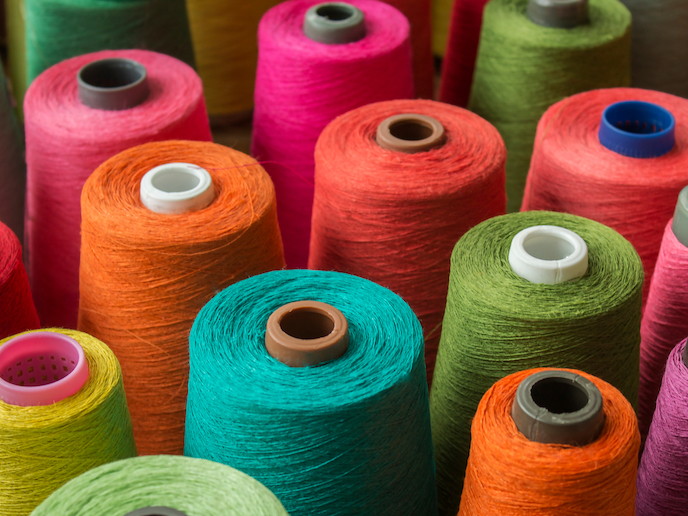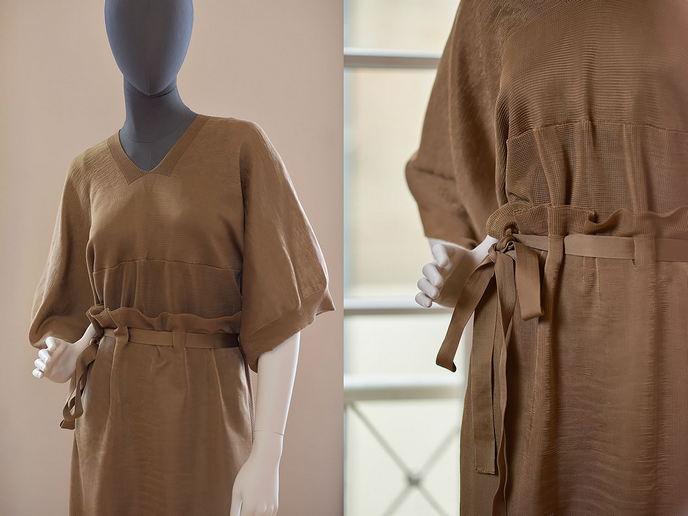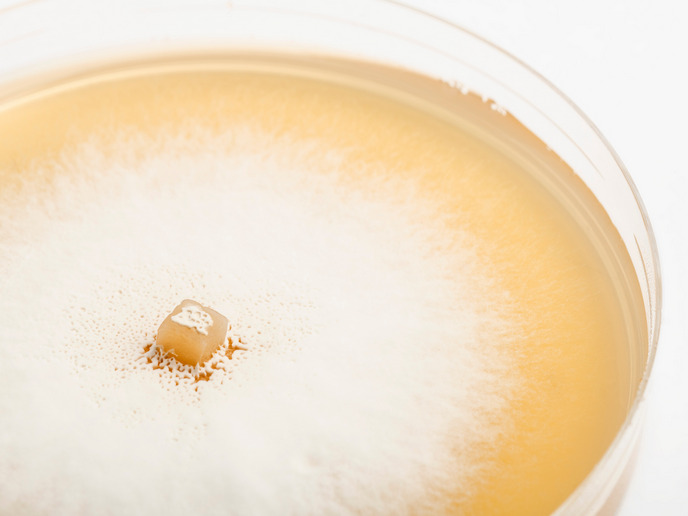Renewable, durable clothes are a FIBFAB fit for a green future
Each year Europe produces tonnes of fabrics for clothing, usually by combining natural fibres (such as cotton or wool) with synthetic fibres (like polyester). Blends of natural and synthetic fibres are used to improve comfort and durability in the final product. However, these fabrics are difficult to recycle, since the fibres become intertwined and can no longer be separated. In line with wider EU goals, European textile companies are aiming to be more environmentally-friendly and produce more renewable and recyclable materials and clothing. At the same time, European clothing businesses must make a shift towards innovative and high added value products to counter the competition with low-wage countries. The Horizon 2020-funded FIBFAB aims to be at the forefront of these trends, by creating new sustainable polymers for the production of more environmentally-friendly clothing. “The aim of the FIBFAB project is to produce clothes using sustainable materials,” says Dr Nuria López Aznar, a materials expert at AIMPLAS and FIBFAB scientific technician. “The majority of material used in the textile sector is polyester, whose suppliers are from Asian countries, so the other objective was to reduce dependence on those countries.” FIBFAB hopes to industrialise and launch biodegradable and sustainable fabrics for use in casual, protective and workwear clothing, based on the polylactic acid (PLA) polymer. Improving PLA PLA is a renewable resource: the fermentation of sugars from corn or beet produces lactic acid, a monomer which can be used to produce the polymers needed for clothing. But commercially-available PLA doesn’t fulfil all the mechanical and thermal requirements for some textile applications. Current PLA fibres have poor thermal resistance, for example, and can degrade during intense wash cycles. FIBFAB has been working on the creation of a new compound based on PLA, with additives that enhance crystallinity. This compound has improved mechanical properties, hydrolytic stabilisation (letting it survive washing cycles) and all the properties needed to be used in the melt spinning process to create fibres. After many trials, they succeeded in producing a polymer that can create 100 % biodegradable and recyclable clothing, that also meets industry standards. Expanding sales Some commercial textiles producers have already expressed interest. During the project proposal preparation, some of the partners involved the development stage – SINTEX in the Czech Republic and YÜNSA in Turkey – were in contact with producers like Adidas and Hugo Boss, both of which showed interest in seeing the final results. The team thinks the new material could be used beyond textiles, too. “Although the material developed was designed for use in specific products and production lines, this is just a starting point to develop other materials,” says Dr López Aznar. The project was a big challenge, she explains, because the fibres need to have such high-performance properties. A huge number of experimental trials had to be carried out to obtain a lot of compounds, with different formulations, to be tested in textile equipment. Eventually, the team found a suitable compound that fulfilled the required properties. The FIBFAB project ends this summer. Until then, the team is gathering up the material in large amounts: the plan is to create T-shirts to be distributed during workshops, fairs and exhibitions to get some further customer feedback, before introducing the product into the market.
Keywords
FIBFAB, clothing, renewable, green, environmentally friendly, textiles, PLA, fibres







